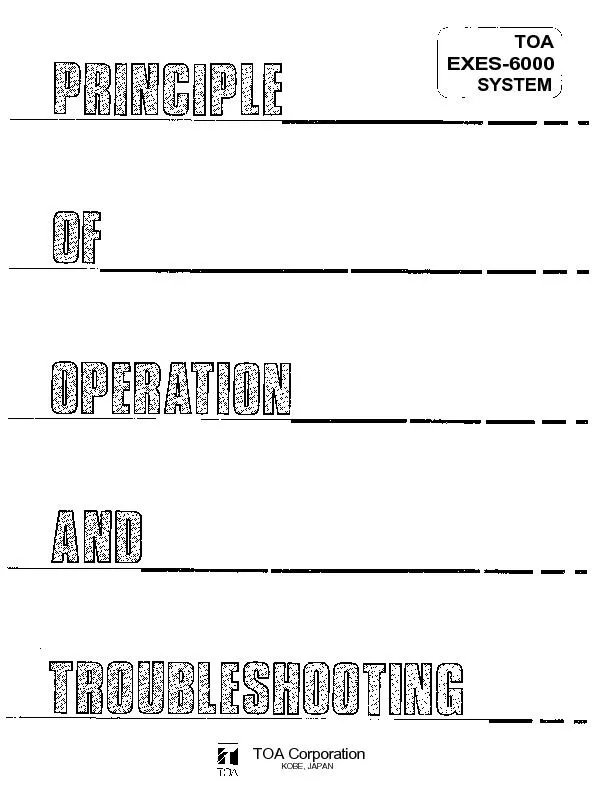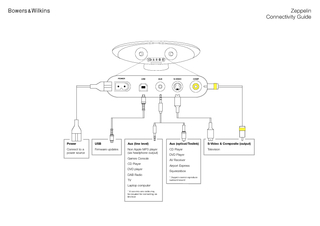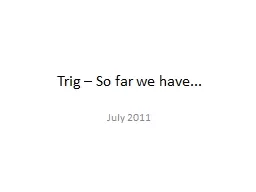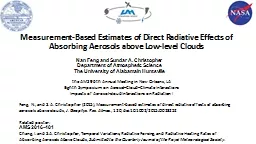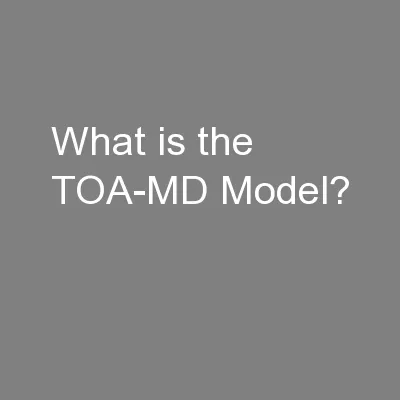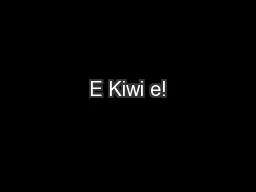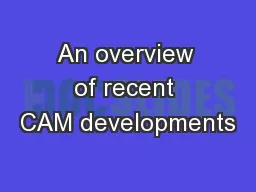PDF-TOA CorporationKOBE,
Author : conchita-marotz | Published Date : 2016-03-22
This booklet readily explains a working principle of the EXES6000system from a standpoint of the entire system and so does not to the details of the circuits CPUs
Presentation Embed Code
Download Presentation
Download Presentation The PPT/PDF document "TOA CorporationKOBE," is the property of its rightful owner. Permission is granted to download and print the materials on this website for personal, non-commercial use only, and to display it on your personal computer provided you do not modify the materials and that you retain all copyright notices contained in the materials. By downloading content from our website, you accept the terms of this agreement.
TOA CorporationKOBE,: Transcript
Download Rules Of Document
"TOA CorporationKOBE,"The content belongs to its owner. You may download and print it for personal use, without modification, and keep all copyright notices. By downloading, you agree to these terms.
Related Documents

